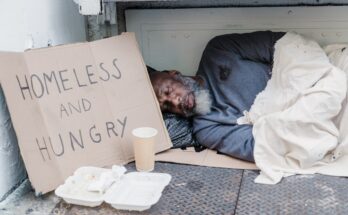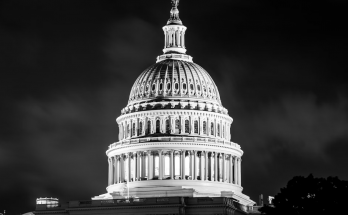Africa is crying out for debt relief to weather a perfect storm of coronavirus, plummeting oil and commodity prices, mounting budget deficits and weaker currencies.
But delivering the relief that would allow governments to pump resources into creaking healthcare systems and shield economies against the fallout from the pandemic is a tall order.
When the International Monetary Fund (IMF) and World Bank launched their Heavily Indebted Poor Countries (HIPC) debt relief program in 1996, African nations mainly owed money to wealthy countries and multilateral institutions.
No longer.
China’s government, banks and companies lent some $143 billion to Africa between 2000 and 2017, according to Johns Hopkins University, and African governments have raised over $55 billion on international debt markets in the past two years, the culmination of a decade-long spree of Eurobond issues.
Throw in debt held by other banks, commodity traders and even so-called vulture funds, and Africa’s creditor landscape has become far more complex.
That means debt relief frameworks of the past may fail to ease the pressure on government finances unless private lenders are flexible, bondholders consider waiving repayments or interest and China works closely with Western institutions that have often criticized its lending practices, experts say.



